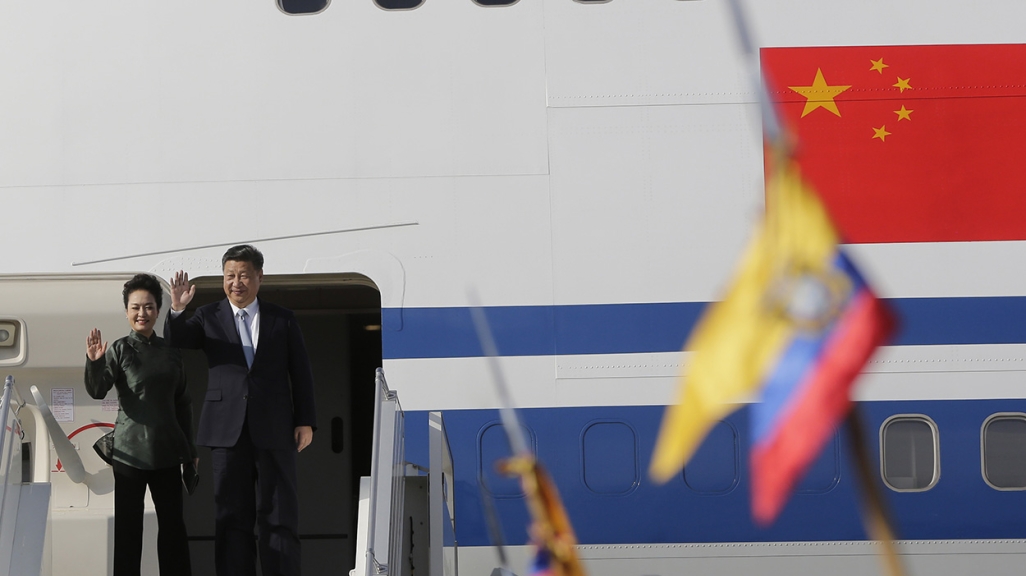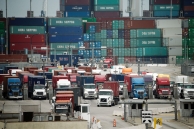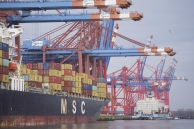Explainer: China's Free-Trade Agreements in Latin America
Explainer: China's Free-Trade Agreements in Latin America
AS/COA Online looks at Beijing’s bilateral trade pacts with Chile, Costa Rica, Ecuador, Nicaragua, and Peru.
China’s trade relationship with the Americas keeps growing. On February 7, Ecuador’s National Assembly ratified the free-trade pact that the country signed with China in May 2023 under President Guillermo Lasso (2021–2023). That makes Ecuador the fifth Latin American country with a free-trade pact with Beijing, and the move comes weeks after Nicaragua’s came into effect on January 1. These join China’s existing agreements with Chile, Costa Rica, and Peru.
The two new trade pacts come at a time of increasing Chinese engagement in the region: trade with China went from 0.6 percent of Latin America’s GDP in 2000 to 8.5 percent in 2021. Trade volume grew from $8.5 billion in 2000 to $180 billion in 2020, even as foreign direct investment has dipped in recent years. And, growing trade is complemented by China’s Belt and Road Initiative, which has invested in long-term infrastructure projects, building stadia, libraries, and ports in 21 Latin American countries since 2013.
Trade, experts say, is an area in which the United States is under threat of ceding ground to Beijing as Washington has stalled on inking agreements with countries in the region. However, a bipartisan bill introduced in March 2023 aims to expand trade benefits to Ecuador, and U.S. trade with the Western Hemisphere still increased by more than 300 percent between 2012 and 2022. As Latin America could find itself feeling the consequences of China’s economic downturn, will the United States take advantage of the moment to deepen trade ties?
AS/COA Online looks at the bilateral pacts China has with Latin America and which countries are looking to sign ones.
It’s a moment for the U.S. to help shape the future of the hemisphere through economic engagement and trade, writes AS/COA's Eric Farnsworth in Barron's.
Washington must take a bigger role in engaging and supporting its allies in Latin America, says AS/COA's Eric Farnsworth.











